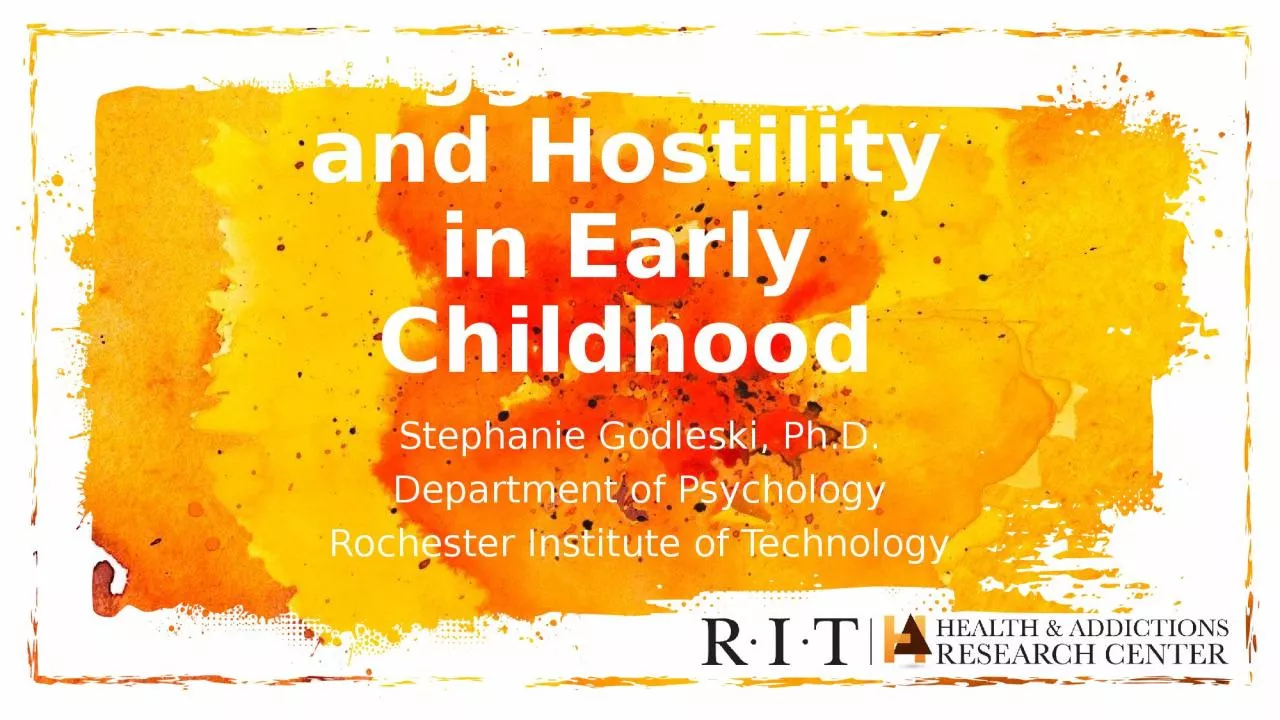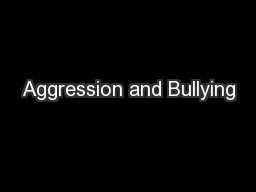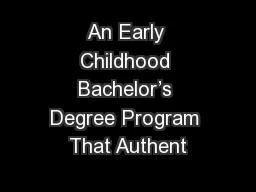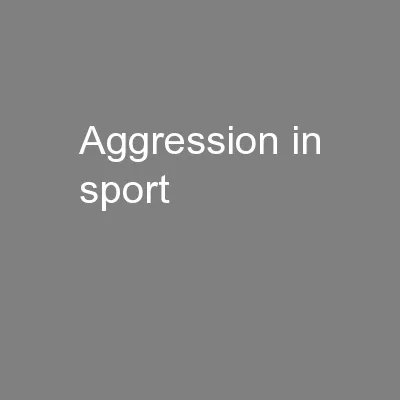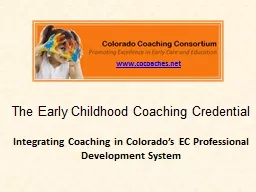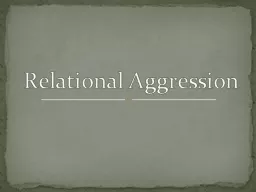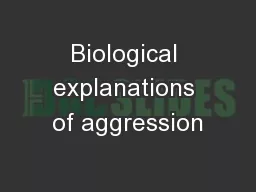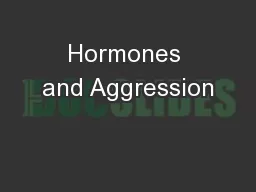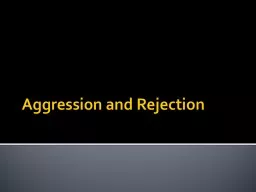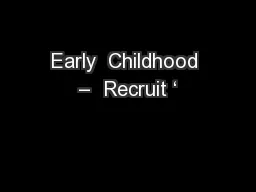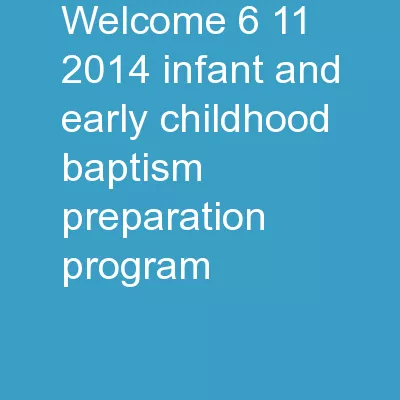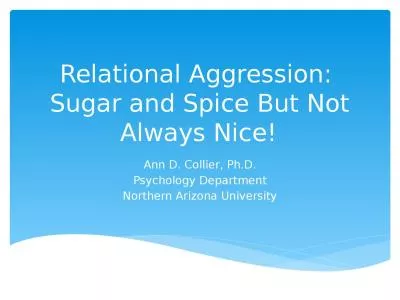PPT-Exploring Aggression and Hostility in Early Childhood
Author : Dragonfruit | Published Date : 2022-07-28
Stephanie Godleski PhD Department of Psychology Rochester Institute of Technology Outline Aggression Forms of aggression Developmental pathways and outcomes Risk
Presentation Embed Code
Download Presentation
Download Presentation The PPT/PDF document "Exploring Aggression and Hostility in Ea..." is the property of its rightful owner. Permission is granted to download and print the materials on this website for personal, non-commercial use only, and to display it on your personal computer provided you do not modify the materials and that you retain all copyright notices contained in the materials. By downloading content from our website, you accept the terms of this agreement.
Exploring Aggression and Hostility in Early Childhood: Transcript
Download Rules Of Document
"Exploring Aggression and Hostility in Early Childhood"The content belongs to its owner. You may download and print it for personal use, without modification, and keep all copyright notices. By downloading, you agree to these terms.
Related Documents

